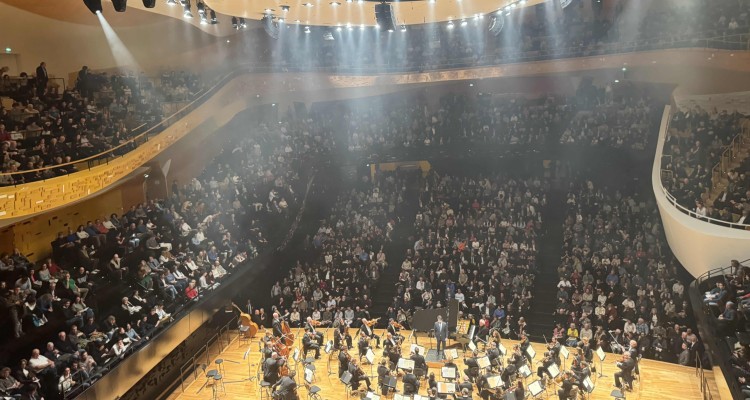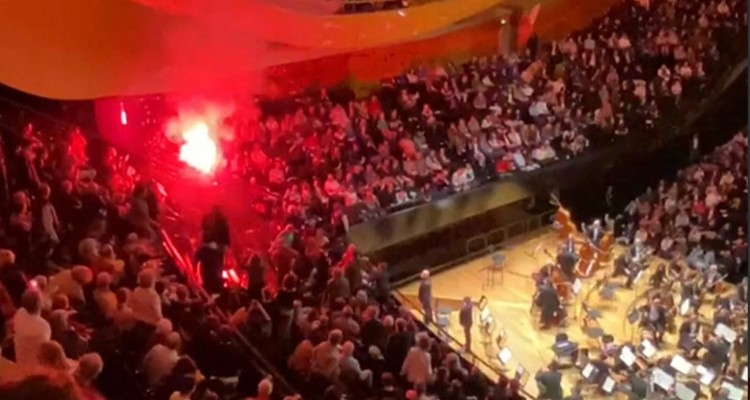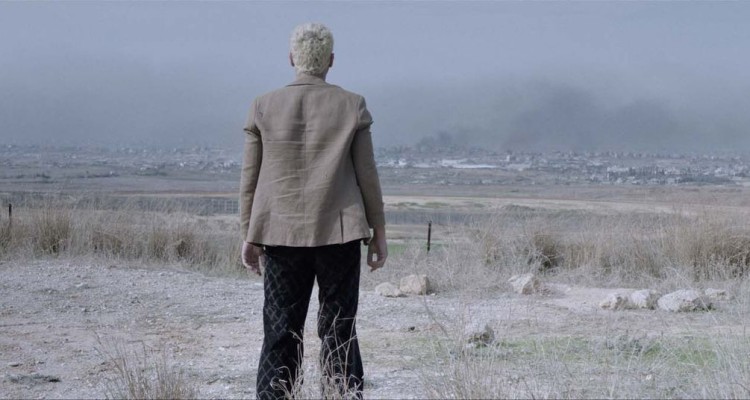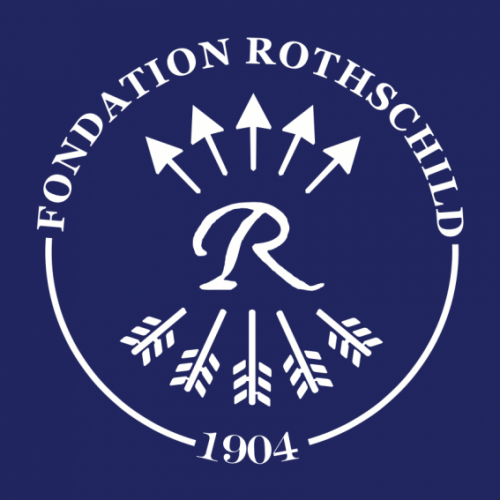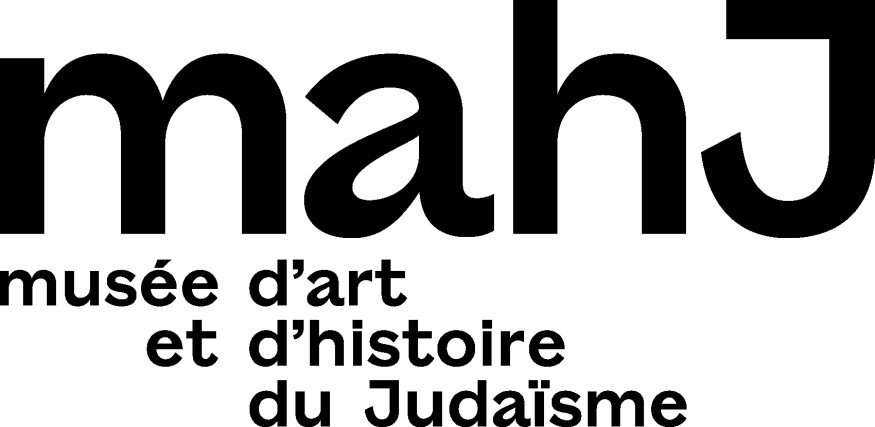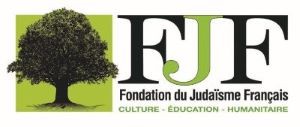Photo essay in Switzerland
In Switzerland, two villages that are now almost empty of Jews preserve traces of a long-forgotten history: for centuries, Endingen and Lengnau were the only places where Jews were allowed to live in Switzerland. Synagogues in the center of the village, houses with double doors, mikvahs, a communal cemetery: a world of fragile balances and forced coexistence. Journalist Evelyne Dreyfus and photographer Eric Beracassat returned to these lands where, in the past, it was the synagogue that told the time—and where the memory of an almost erased community still lives on in the stones and in the names.
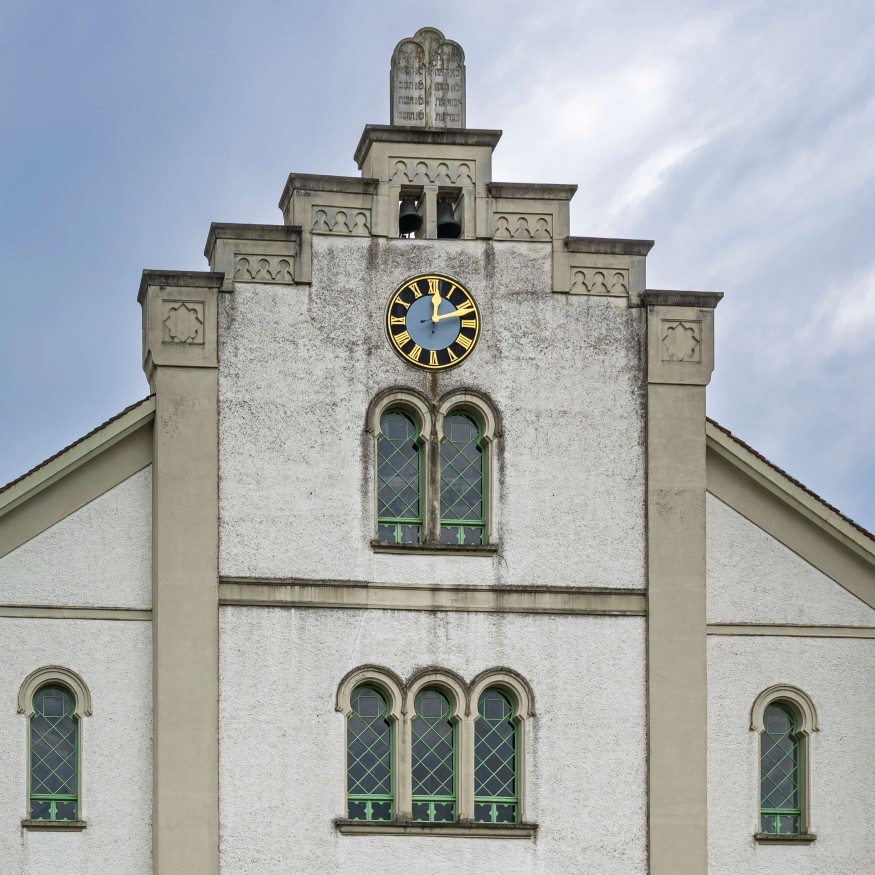
In the canton of Aargau, Switzerland, on this land of the Habsburgs, who for three centuries provided all the emperors of the Holy Roman Empire and which is also the birthplace of the American branch of the Rothschild family and the film director William Wyler, two indomitable Jewish villages still stand out today. From the 17th to the 19th century, despite the usual restrictions (on land ownership and professional practice), Endingen and Lengnau were the only places in Switzerland where Jews were granted permanent residence rights.
Today, only one Jew lives near the large cemeteries of the two villages: Jules Bloch. The Jewish retirement home now welcomes Christian residents. Jews whose families originate from Endingen and Lengnau continue to be buried there. Journalist Evelyne Dreyfus and photographer Eric Beracassat ventured there for K.
The first surprise upon arriving in Endingen was that it was the synagogue that rang the hour. The large clock remains operational, but the bells, housed under the pediment in the shape of the tablets of the law, no longer do. Here, where 60% of the population was Jewish, there was no church, only a synagogue.
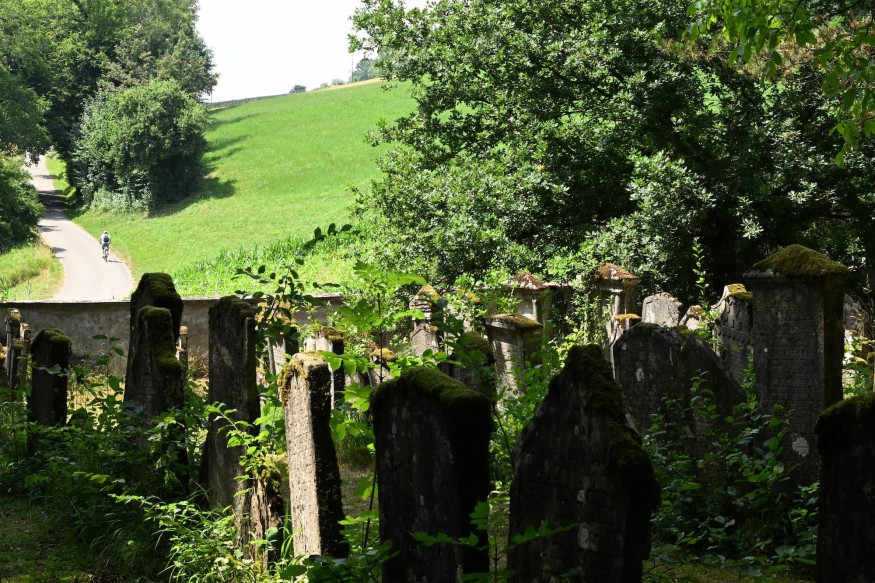
The neighboring villages of Endingen and Lengnau (between Basel and Zurich), which share the oldest Jewish cemetery in Switzerland with some 2,700 graves, were the only places where Jews were allowed to reside permanently by the local authorities of the county of Baden until 1866. This compromise was linked to the role of commercial intermediaries played by Jews in this highly commercial area. It was a kind of balance between a general ban on residence and limited tolerance.
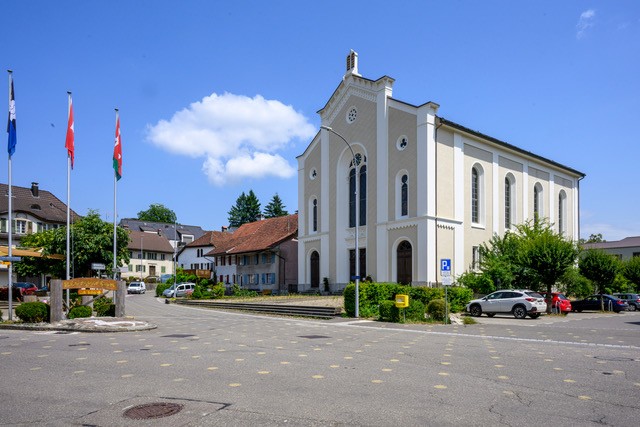
The synagogues in Lengnau, dating from 1750, and in Endingen, dating from 1764, still stand proudly in the center of each village.

One entrance door for Christians, another for Jews.

These “Doppeltüre” or double doors underscore the ban on Jews owning land until the end of the 19th century. They depended on taxed and renewable letters of tolerance; they were not allowed to own farmland or entire houses. To circumvent the ban, buildings in Endingen and Lengnau were often constructed with two separate doors: one for the Jewish family and one for the Christian family. They were tolerated as peddlers, moneylenders, cattle dealers, or secondhand clothing merchants – occupations perceived as marginal or necessary.
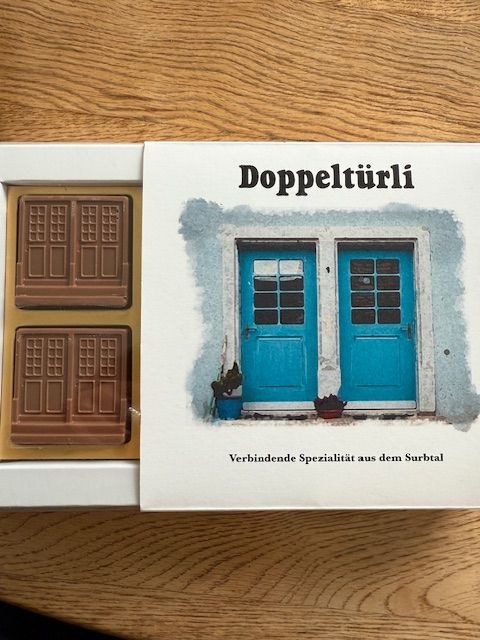
Today, this unique feature has even inspired a local baker to create a chocolate specialty called “Doppeltürli”.
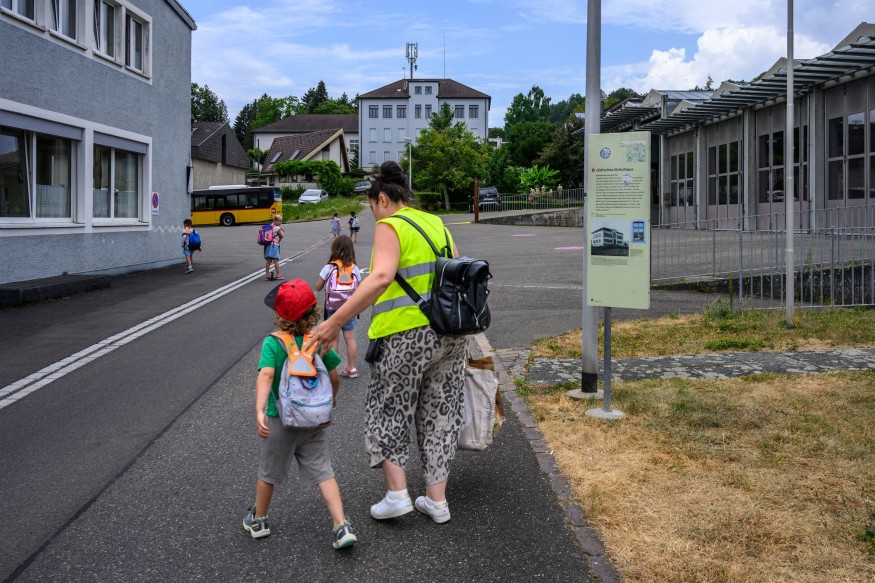
When the old matzo bakery house had to be demolished because it was falling apart, a collective, the Doppeltür association, followed by a foundation of the same name, was formed with the aim of saving the Jewish heritage so characteristic of the two villages and creating a cultural trail there, which has been in place since 2023. The old Jewish school has been preserved to become the administrative center.
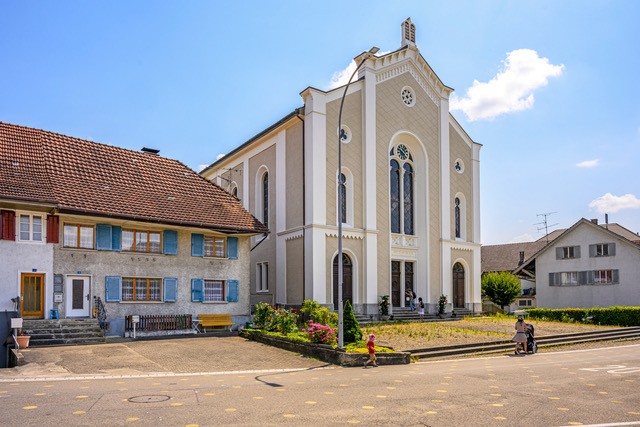
The synagogues in Lengnau, dating from 1750, and in Endingen, dating from 1764, still stand proudly in the center of each village. The two mikveh (ritual baths) have also been preserved.
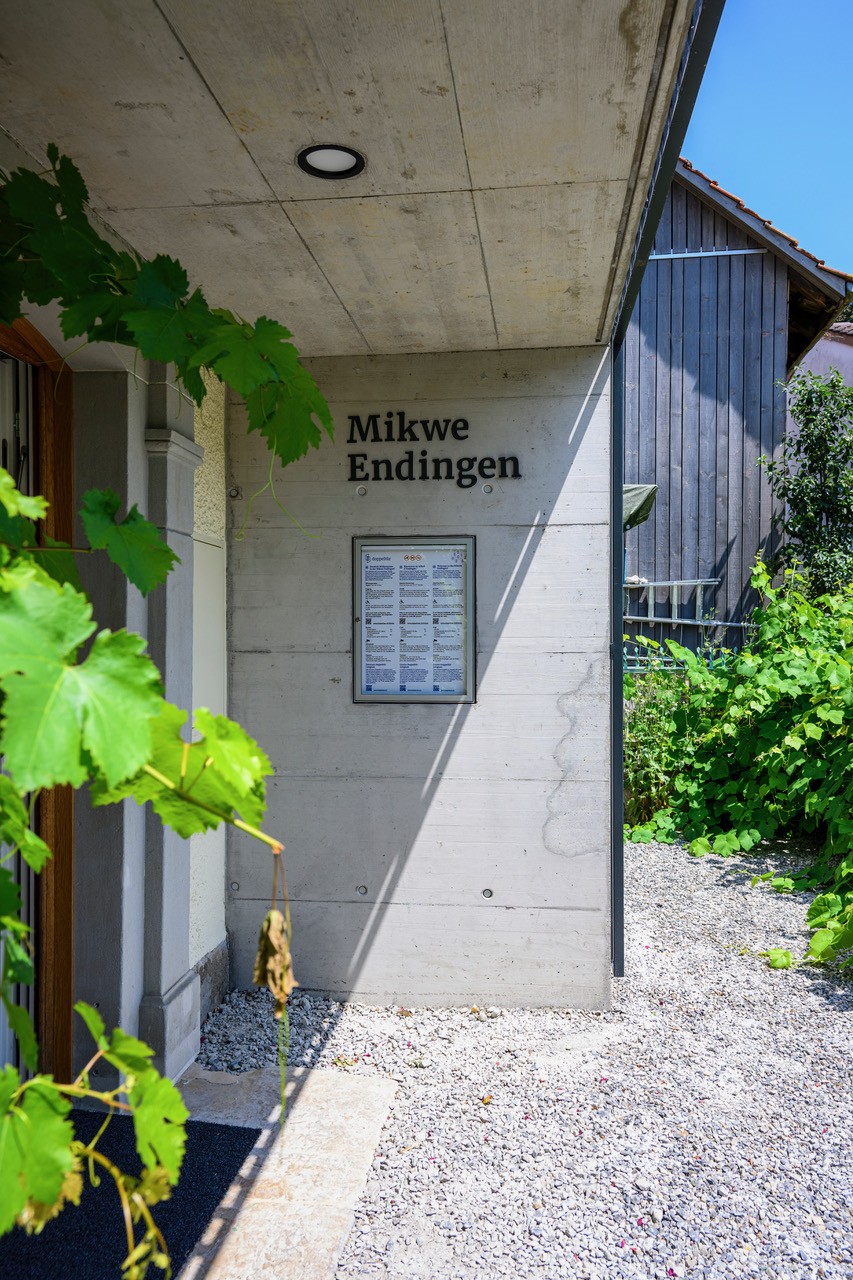
In Lengnau, a mikveh reserved for women was built in 1848. Before that, a mikveh already existed in the basement of what would become the future matzo bakery. In Endingen, the mikveh is located in a small stone building above the Brunnenwiese, a local stream, to ensure access to “living” water as required by tradition. Both are part of the heritage trail and the Judaism trail set up in the two villages.
The two mikveh are also preserved. (This one is the mikveh in Endingen).
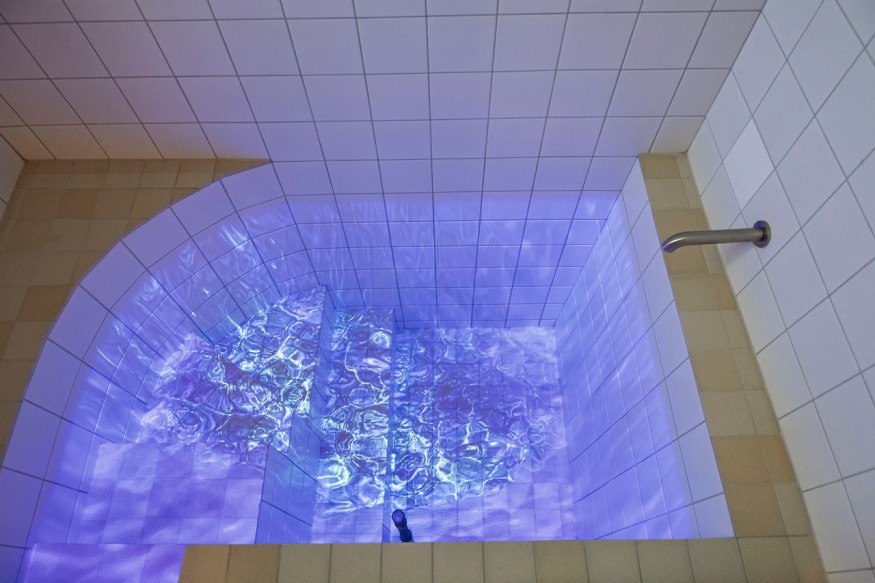
The cemetery shared by the two villages still welcomes visitors.

… and on that day, in these communities completely devoid of Jews, we thought we were seeing a ghost.

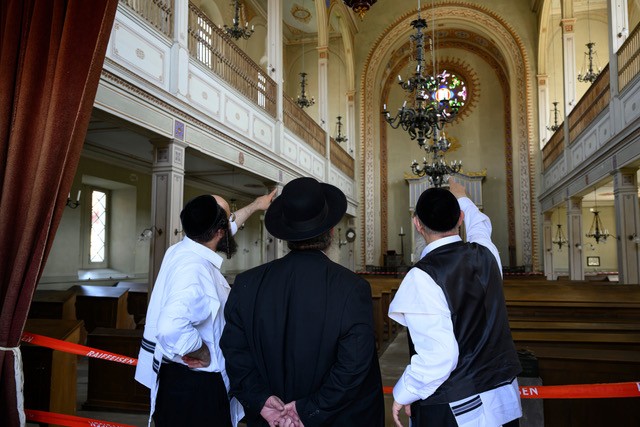
As we were about to close the door of the synagogue, a group of Hasidim appeared, telling us they had come from Israel and London.

On their way to the cemetery, they had discovered, to their surprise, while parking their car in the Lengnau parking lot, the synagogue, where not a single bench or lamp was missing.

Were they visiting their ancestors or on a pilgrimage?

The cemetery, with its 2,700 graves, some dating back to the 17th century, remains the final resting place of Jews from Switzerland and elsewhere who came from the two villages.

The one they were looking for was the grave of Rabbi Ris. Raphaël Ris (also known as Raphaël Hagenthal) was originally from Alsace. This great Kabbalist ran a yeshiva from 1784 and was then called to Endigen/Lengnau from 1784 until his death in 1813.

There is now an official cultural trail between these two villages. By 2027, it should be complemented by a highly informative cultural center currently under development, which will be the starting point of the cultural trail of Judaism, the Zentrum Doppeltür.
The future Doppeltür center, located in a former Jewish-owned commercial building, will be the starting point and information center for the Trail of Judaism.

Until then, and for how much longer, will we remember that there was once a vibrant Jewish community in Lengnau and Endingen, the only place where Jews could live in Switzerland?
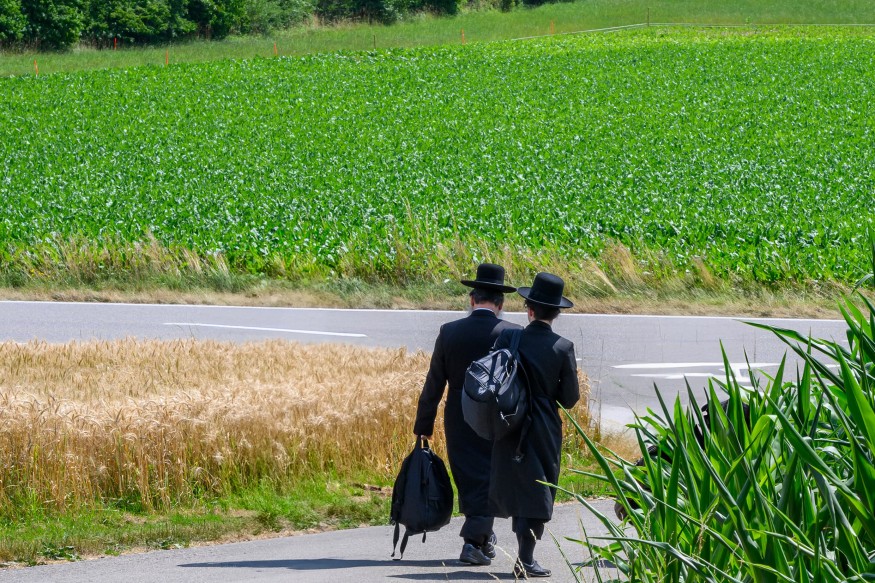
Evelyne Dreyfus (text) and Eric Beracassat (photos)
Éric Béracassat is a photographer born in Paris and raised in Casablanca. He began his career as a journalist at AFP and is now a photographer represented by the Gamma-Rapho agency, a member of the Hans Lucas agency. His current areas of expertise include tourism (in all its diversity), internal security, health, lifestyle, and economics.
Évelyne Dreyfus is a journalist. She worked in public service in Alsace (France 3 radio and television) before collaborating in the field of classical music with leading conductors. Returning to print media, she has held various positions as section editor and editor-in-chief. Author of the documentary ‘Les Fantômes de Kippenheim’, she recounts the return, 60 years later, of German Jewish survivors to their native village. Today, she devotes herself to the tourism press.
